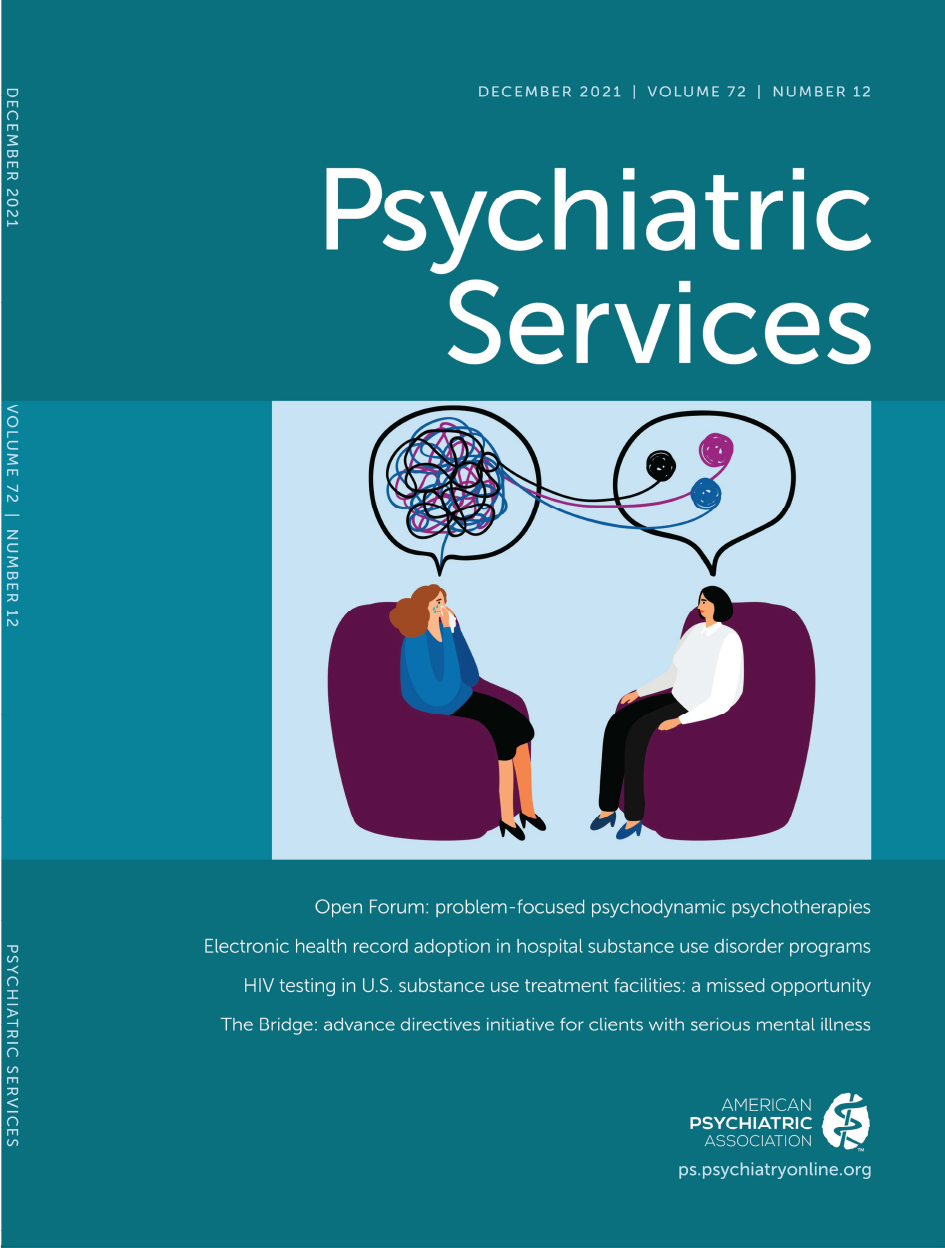Utilization of Health Care Services by Patients With Cluster B Personality Disorders or Schizophrenia
Abstract
Objective:
The comparable severities of cluster B personality disorders and schizophrenia are increasingly recognized. The authors sought to compare the general medical and psychiatric comorbid conditions and use of medical services among individuals with one or both of these disorders.
Methods:
Data were collected from the linked health administrative databases of Quebec’s universal health plan in the Quebec Integrated Chronic Disease Surveillance System, which covers 99% of Quebec’s population. The study cohort of 2016–2017 included almost 7.05 million people, and the study covered the 1996–2017 period.
Results:
Comorbid conditions were extremely prevalent in the three groups studied—persons with cluster B personality disorders, schizophrenia, or both—compared with the general population. People having both disorders had the highest prevalence of comorbid conditions. Psychiatric services were used more frequently by individuals in all three groups than among those in the general population, and use was especially high among people with both disorders. Medical care service use was heterogeneous, with patients with cluster B personality disorders using more medical care services but fewer specialized outpatient treatments and psychotherapy than those with schizophrenia or with both disorders.
Conclusions:
The three cohorts had higher rates of comorbid conditions and health care service use than individuals in the general population. Patients with cluster B personality disorders used fewer psychiatric services than patients with schizophrenia or with both disorders. One explanation for this difference may be that people with cluster B personality disorders encounter more obstacles in accessing mental health care services.



